Arte Cocoa Butter Colouring: The Professional's Secret to Excellent Colour Mastery
Colour is not just an accent, it's a powerful medium that can transform a simple dessert into a captivating work of art.
3 min read
Oct 4, 2022 10:47:33 AM

The act of chocolate tasting is one of the ways to differentiate between a casual nibbler and a chocolate aficionado. Everybody loves chocolate, but not everyone takes the time to experience it fully.
With a set of simple steps, you can learn how to describe chocolate like professional chocolate makers and connoisseurs. You will be amazed at how complex chocolate truly is!
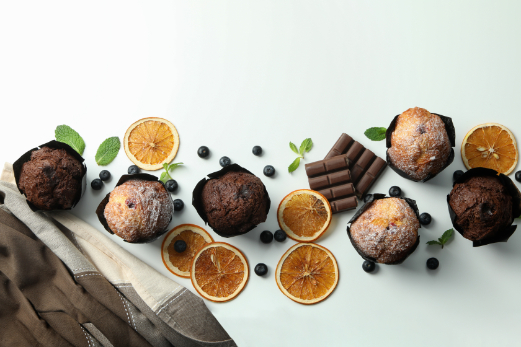
Tasting is different from eating. When tasting chocolate, the general rule is that we need to use all our five senses: sight, hearing, touch, smell, and taste.
It is important to remember that each person perceives things differently, and flavors are tightly related to the memories stored in your brain. Therefore, what other people taste might be different from what you experience. This is what makes tasting a fun experience to share with others!
About one hour before you start sampling chocolate, make sure you don’t eat or drink anything with a strong flavor. This can disturb your palate, and you might have difficulty noticing the subtle nuances in chocolate. It’s also helpful to create a pleasant space for tasting. Avoid noise, bright lights, strong scents, and other factors that can cause sensory overload.
When you plan to do a tasting session, we suggest selecting 4 to 6 different types of chocolate. This is done to avoid overwhelming your senses. In between chocolates, drink room-temperature water and eat plain crackers to cleanse your mouth.
Appearance is one of the main reasons we are attracted to chocolate. Pay attention to the shine and smoothness of your chocolate. A fine grain and an even color at the edges of the chocolate is a good indication that the chocolate was well-tempered and properly stored.
Pay attention to how the chocolate feels in your hand. Rub the chocolate between two fingers, and notice whether the chocolate is soft or hard. Press between your fingers to feel for the melt-in-hand, whether it melts slowly or quickly.
Break off the chocolate with your hands. Listen carefully to the sound it makes. If it snaps cleanly, it means the chocolate has been tempered properly. Milk and white chocolate usually have a gentler snap than dark chocolate; their milk content make them naturally softer.
Rub the piece of chocolate with your thumb to warm it up, which releases its aroma. Notice the smell of chocolate you are sensing. At first, it might simply smell the natural cacao or “chocolaty" smell, but as you compare one piece of chocolate with another, you will notice general differences in intensity, sweetness, and richness.
Put the piece of chocolate in your mouth and don't chew just yet! Simply let it melt on your taste buds. Don't forget to observe how the chocolate feels in your mouth. Notice how smooth or grainy the chocolate feels.
As it dissolves to reach different parts of your tongue, you may sense different flavors come and go. You will also notice the chocolate’s mouthfeel. It may melt readily and feel smooth, sometimes you may also detect greasy, waxy, grainy, powdery, creamy, or even drying mouthfeels.
Remember that tasting and sampling chocolate is completely subjective. It may differ from person to person, there is no right or wrong.
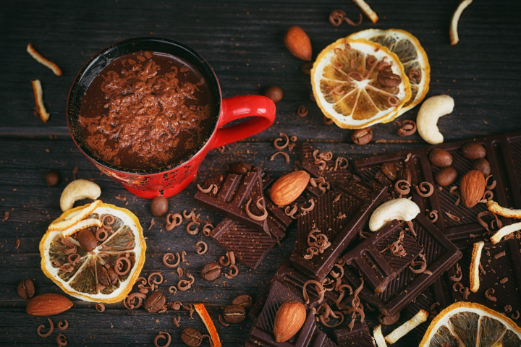
If you’re just starting out to taste chocolate properly, you might have a hard time describing what you taste. Primary sensations like umami, savory, bitterness, sourness, sweetness, and saltiness are more easily discerned, but you might be surprised to find out how complex chocolate can taste.
Here are a few words professionals use to describe the taste of chocolate.
Astringency is the dry, mouth-puckering sensation you feel when eating or drinking something high in tannins,like wine, tea, and grapes. You may sense a rough, sandpaper-like sensation in your mouth.
Even without milk as its ingredient, some chocolate may taste like dairy products. This includes butter, cheese (soft and hard), cream, milk, and yogurt.
The decadent taste of chocolate may also remind you of some fruits. The most common distinctions are citrus, red fruit (such as cherries, raspberries, and strawberries), tropical fruits, and dried fruits (raisins, dates, figs).
Anything from almonds, hazelnuts, cashews, walnuts, pistachios, to pecans is categorized as a nutty flavor. This usually arises in dark chocolate.
Whether it’s due to the roasting process or its natural flavor, you may taste a roasted flavor in chocolate. This can taste like cocoa, roasted coffee, smokey, tea, tobacco, or caramel/burnt sugar.
No, this doesn't mean your chocolate can taste spicy and burn your taste buds. But rather, some chocolate might remind you of spices like ginger, nutmeg, cinnamon, vanilla, clove, anise, or even pepper.
“Velvety” is used to describe chocolate that has a rich, luxurious flavor and a silky texture. Craft chocolate made using couverture chocolate is known to have this texture.
Chocolate lovers may be surprised by this descriptor, but chocolate can also taste and smell like flowers. Floral is used to describe a chocolate with a light, fleeting sweetness, almost like how flowers taste.
This descriptor is rather difficult to explain, but earthy means the chocolate you're tasting reminds you of the smell of rain, fresh-cut grass, or even earthy foods, such as mushrooms.
These words are often used to describe milk chocolate. Due to its lower cacao content and higher dairy content, gourmet milk chocolate can sometimes taste like caramel or malt.
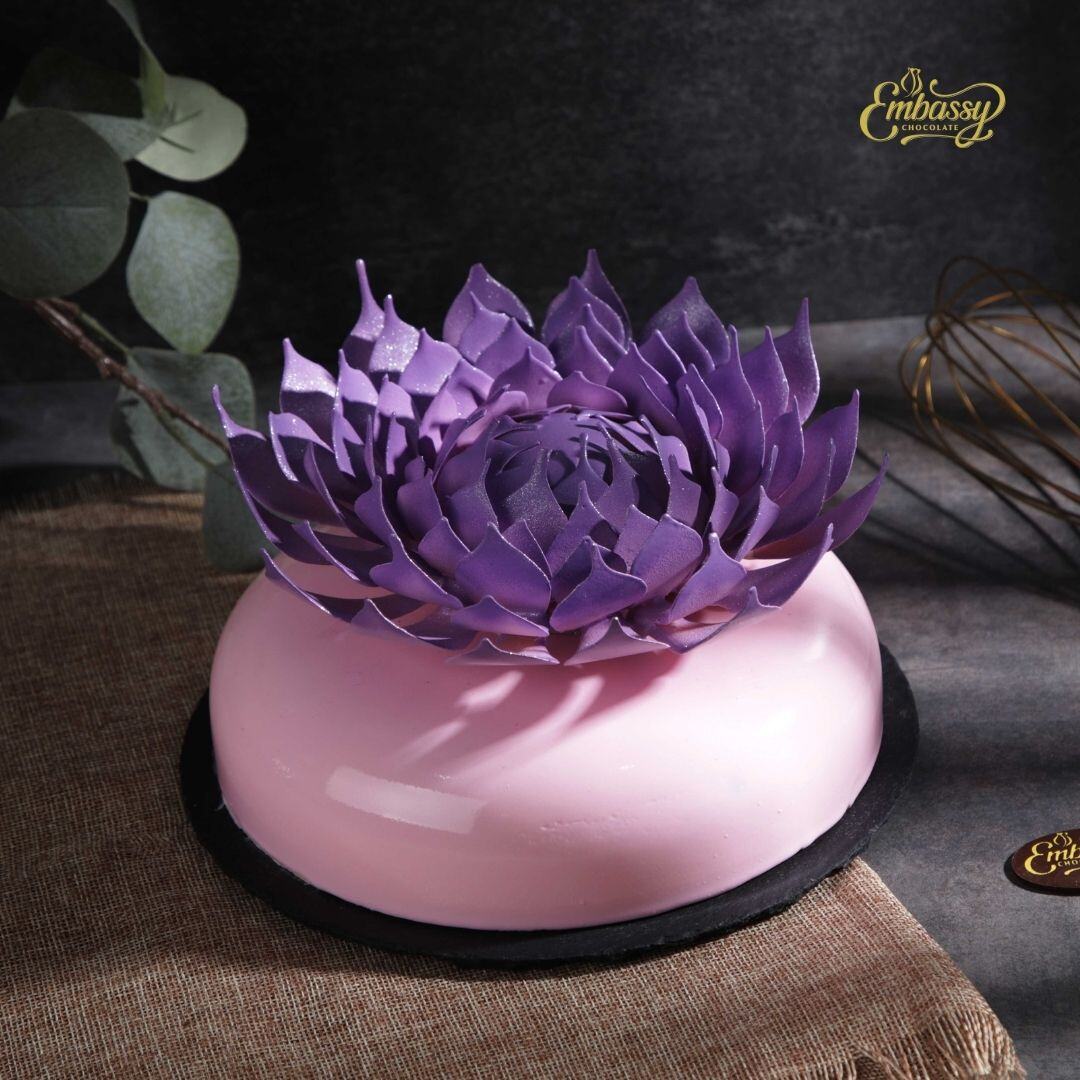
Colour is not just an accent, it's a powerful medium that can transform a simple dessert into a captivating work of art.
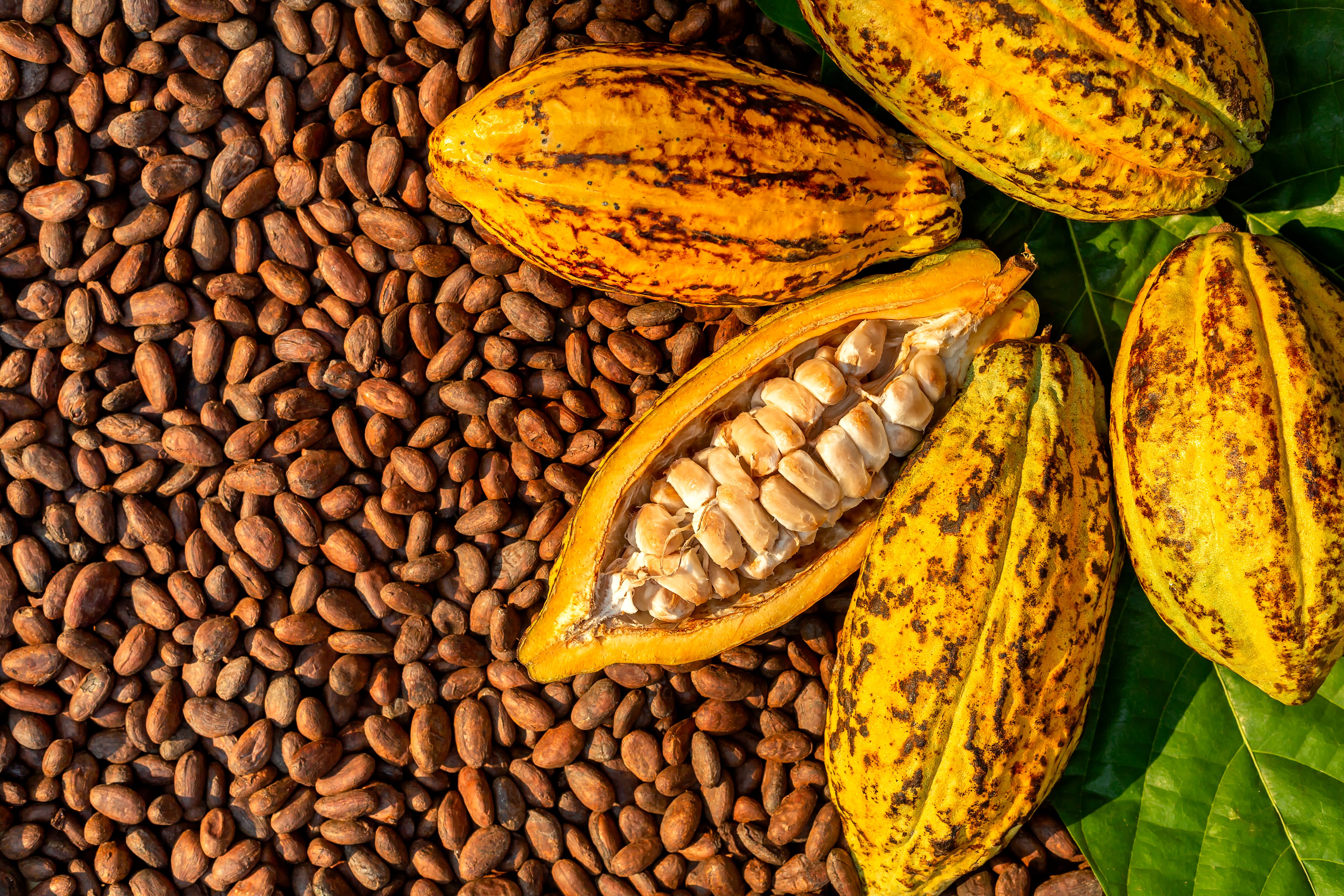
Chocolate, a beloved treat enjoyed by millions worldwide, is facing a bitter truth: the steady rise in cocoa bean prices due to disease outbreaks and...
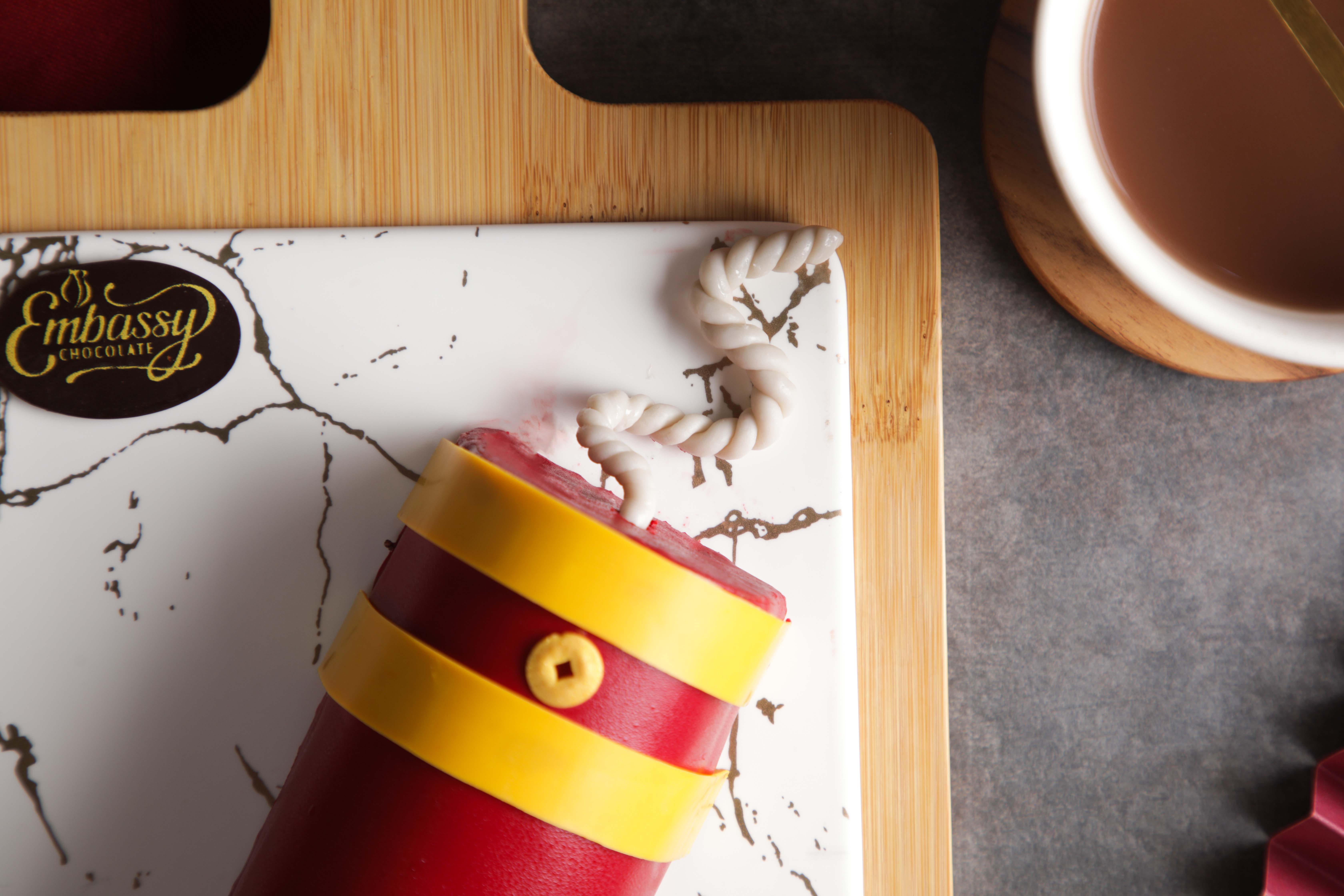
Set the Lunar New Year ablaze with our Firecracker Chocolate Roll Cake! Experience layers of rich chocolate with a hint of fiery excitement,...